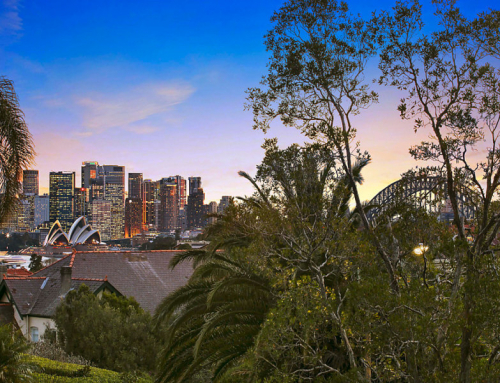Camperdown
This is an inner city suburb. Close to the University of Sydney, close to the city, with transport
It is also close to the Royal Prince Alfred Hospital
The name Camperdown came from the Battle of Camperdown (Camperduin in Dutch) This suburb was named by Governor William Bligh who received a grant of 240 acres (1kmsquare) which today would be Camperdown and part of Newtown.
Bligh commenced clearing the land for farming, and residential.
A racecourse was opened where the Royal Prince Alfred Hospital now stands and the University of Sydney was incorporated in 1850 with the first building being designed by Edmund Blacket. The Great Hall of the University was opened in 1859.
Camperdown, is a residential suburb, close to Glebe, Newtown, Chippendale, with the shopping centre being at the old Grace Bros building which has been refurbished to cater for individual shops and eating areas.
Transport to the city is great, or on a good day you could walk to the city. Walk to University of Sydney or Prince Alfred Hospital
The houses within Camperdown, Newtown and surrounding suburbs are Victorian with Unit blocks dotting around the area.
Victoria Park is on the corner of Parramatta Road and City Road, well laid out park that is used by many people with lots of places to sit and take in the trees lawns etc.
Camperdown Park is a 6 min walk away. This park is well located to Uni. People will enjoy remnants of a stone plinth associated with the original iron palisade fence, stone steps, bandstand, war Memorial and Morton Bay and Port Jackson fig trees. Camperdown park is 5ha in size.
It also has recreational activities of tennis courts, basketball courts, bowling club and a gallery
Camperdown area commenced as scrub land and is now a busy metropolis with the Uni and the Hospital and many people living in and around the area, and commuting to the city for employment.
It has cultural aspects, parks shopping areas, transport .
There is evidence found at Shea’s Creek (Botany Bay) which indicates that aboriginal occupation has dated back from over 5000 years ago.
At the time of European settlement there were two main groups of Aborigines living around this area, the Guringai which were the coastal people and the inland group Dharug.
There is no evidence of Aboriginal occupation that has survived in the park.







